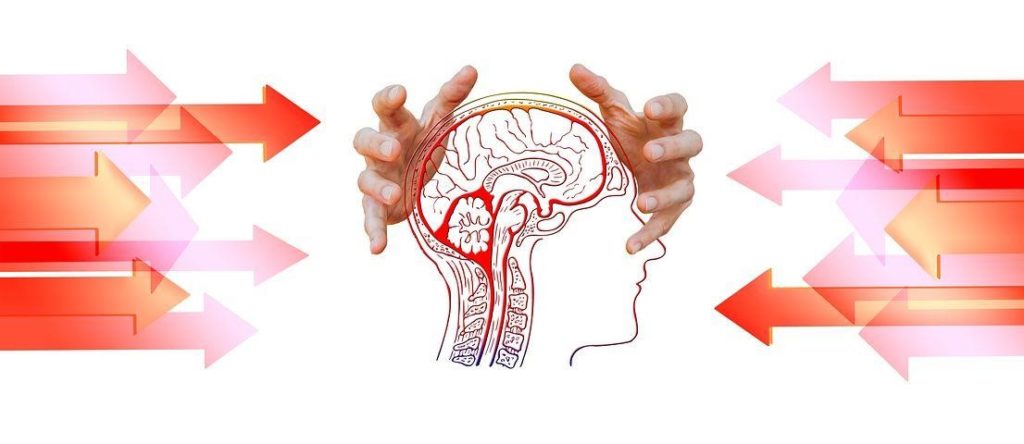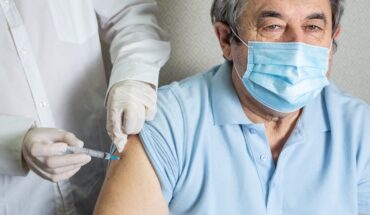
Migraines are severely painful, recurring headaches. A migraine can last for hours or even on occasion’s days. These severe headaches can be preceded by sensory disturbance. Suffers are usually aged between 15 years and 55 years, and around 1 in 10 people will suffer from them throughout or at some point in their lives.
Triggers of Migraines
The cause of a migraine is not yet determined; however, it is speculated that some sort of abnormal activity in the brain may play some part. This abnormal activity will affect the chemicals and blood vessels in the brain and can prevent the nerves communicating properly. Studies have shown that genetics also plays its part in how likely a person is to suffer from migraines.
Below are a few examples of triggers:
- Hormonal changes: A change in a woman’s hormone levels during pregnancy or menstruation can cause migraines.
- Emotional triggers: Extreme levels of emotion can trigger a migraine. For example stress, excitement, anxiety.
- Physical causes: A common trigger includes things like poor posture, low blood sugar, poor sleep pattern or tiredness and shoulder and neck tension.
- Diet: Alcohol and caffeine have been linked to migraines. Chocolate, cheese and citrus fruits have can also be attributed to causing migraines.
- Environmental: Lights, smells, loud noises and screens can all help trigger a migraine. Temperature changes can occasionally set off a migraine too.
Treatments
There is no cure for migraines; treatment is purely about prevention and then alleviating symptoms of an attack. People can make lifestyle changes which have been known to reduce attacks significantly.
Changes you can make:
- Improve sleeping pattern
- Staying hydrated by drinking plenty of fluids throughout the day
- Reducing stress levels
- Avoiding foods which trigger migraines
- Increasing physical exercise
- Trying special diets including gluten free
Making these changes may help, however, if they do not and you are concerned to seek advice from a medical professional. Medication can also help relieve pain, but before taking anything speak to a doctor. GP at Hand is one way to quickly seek advice from a GPs powered by Babylon app.
Symptoms
Most people will start to feel symptoms of a migraine prior to a full-blown attack. They are usually mild symptoms which serve as a warning to act and prevent a headache. The worst symptoms are during a migraine itself.
These symptoms include.
- Severe pain down usually confined to only the one side of the head but can occur on the other side of the head too.
- The throbbing of the forehead
- Pain and dizziness when doing physical activity
- Nausea or physically vomiting
- Intolerance to light and sound
- High temperature
- Stomach discomfort
- Sweating
Types of Migraine
With many people, they just suffer an occasional migraine; however, for others they can develop specific types of migraines.
- A chronic Migraine: Migraines that last for fifteen days in a month.
- A menstrual migraine: When a woman has migraines which occur in a pattern around the time of menstruation.
- A hemiplegic migraine: a person will become weak on one side of the body due to a migraine.
- An abdominal migraine: Usually occurring in children under 14 years old, this is a migraine linked to the performance of the stomach or gut.
- A migraine with brainstem aura: A severe migraine which may affect speech or other neurological functions.
Image: Pixabay.com


